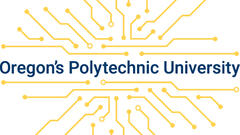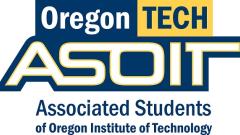
ISLO 5 Quantitative Literacy
Oregon Tech students will demonstrate quantitative literacy.
Definition
Quantitative literacy comprises the ability to appropriately extract, interpret, evaluate, construct, communicate, and apply quantitative information (e.g., equations, graphs, diagrams, tables, prose) and methods to solve problems, evaluate claims, and support decisions in students’ everyday professional, civic, and personal lives.
Criteria
- Calculate: Perform mathematical calculations correctly and evaluate/confirm that they have done so.
- Interpret: Extract and interpret quantitative information presented in various commonly used forms.
- Construct Representations: Convert relevant quantitative information and data into different forms as appropriate.
- Apply in Context: Apply appropriate quantitative methods, draw justified conclusions, evaluate claims, and make decisions based on quantitative information. Make and evaluate key assumptions in estimation, modeling, and data analysis.
- Communicate: In writing and (where appropriate) in speaking, effectively communicate accurate quantitative information in support of conclusions. In doing so, use representations of quantitative evidence appropriate to both audiences and purpose.
Foundation
- MATH 243 - Introductory Statistics or MATH 361 - Statistical Methods I.
Essential Practice
- 3 credits from Quantitative Literacy – Essential Practice list.
Program-Integrated Practice
- 1 course, defined by program, that integrates quantitative literacy in the context of the major.
ISLO Quantitative Literacy, Inquiry, & Analysis Subcommittee (QLIA)
2023-26 David Hammond, MATH, Chair
2025-28 Ryan Cherrick
2024-26 Ryan Madden






